It’s easy to be distracted as the boat slowly motors through the lagoon. Thousands of terns and boobies circle overhead. Sea turtles and giant manta rays drift effortlessly by. Everywhere I look, my naturalist’s eyes find something of interest.
And then my rod twitches, and I’m brought back to my purpose. I have a fish to reel in, as quickly as possible.
As I fight the fish, I can tell it’s not a big one, likely a young bluefin trevally. I pull it alongside the boat and confirm my identification.
Usually, this is the point to relax, snap a couple of photos, savor the moment. Not today. Not for the next ten days. Right now is when we really have to hustle.

My fishing partner, Kawika Auld, a master angler from Hawaii, is already by the side of the boat, gloves on and ready to go. In one seamless move, he lifts the fish by the tail and gently guides it onto the measuring board. I set the rod aside and drop beside him to assist.
We place a wet rag over the fish’s eyes to keep it calm, and then Kawika reads off its measurements to Kydd Pollock, the research trip leader. I reach for a chip reader and run it over the fish, much like you would scan an item at the supermarket. It beeps twice. “No chip detected,” I call out.
By then Kawika is there with a small “gun” that inserts a microchip (known as a Passive Integrated Transponder) just under the trevally’s skin. I run the scanner. One beep. The microchip is successfully implanted.
All data recorded, I pick up the fish and gently cradle it in the water. With a shake of its tail, it darts off into the lagoon.
It takes longer to write the process than actually do it. By the end of the trip, we will have carried this out more than 200 times with bluefin and giant trevally.
We’re participating in the Fishing for Science research program at Palmyra Atoll, a remote uninhabited island nearly 1,000 miles south of Hawaii. I’m the first writer to participate in this program, which has been hosting angler-conservationists as research participants since 2018. In the weeks ahead, I’ll share stories of science and adventure from my 10 days on Palmyra.
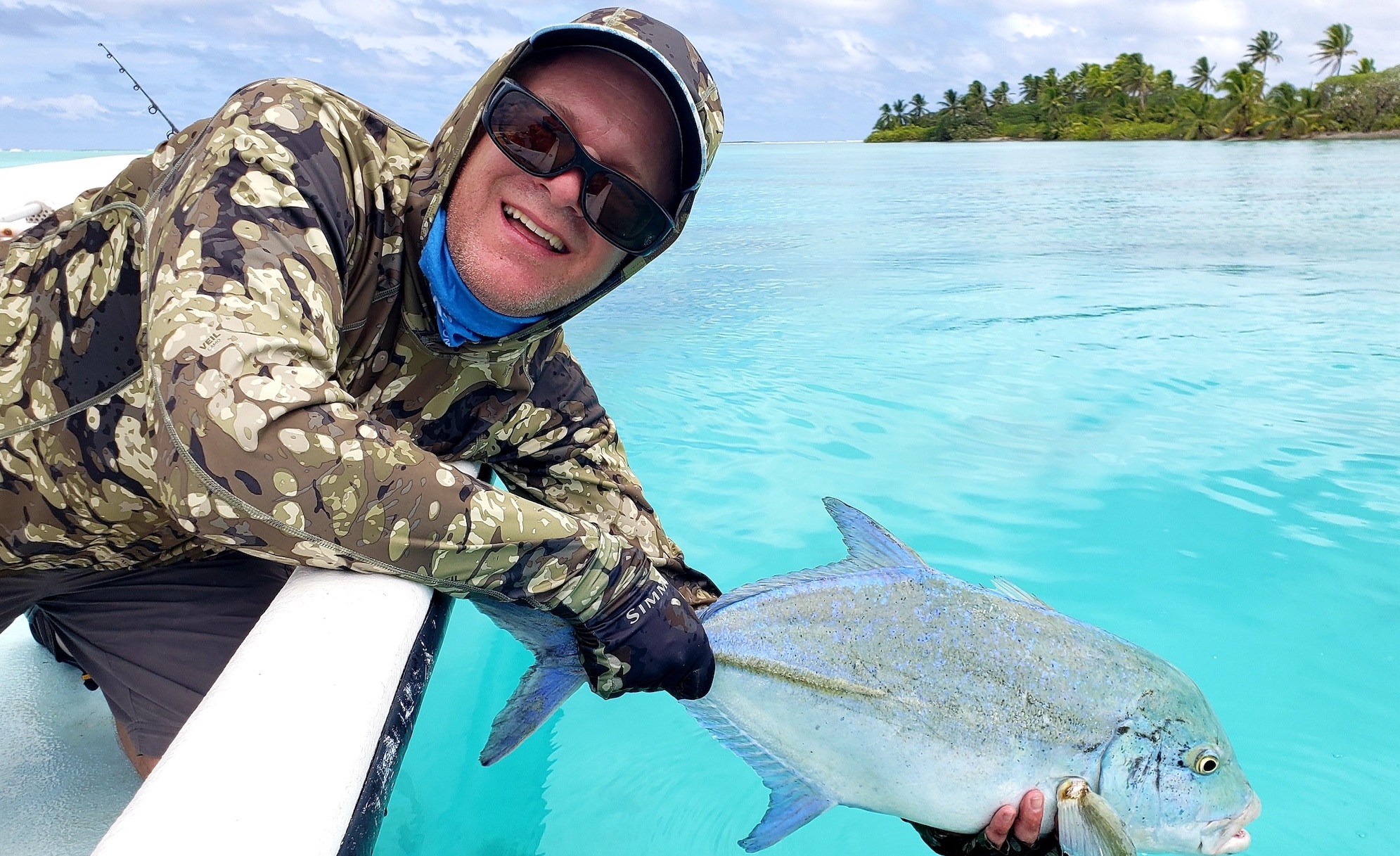
Welcome to Palmyra
The Nature Conservancy acquired the privately-owned Palmyra Atoll in 2000, to run as a nature preserve. It then sold roughly half of the property to the U.S. Fish and Wildlife Service, which expanded protection by designating the islands and surrounding waters as a National Wildlife Refuge out to 12 nautical miles.
Given its remote location and protected status, Palmyra has become a hub of conservation research on coral reefs, fisheries, oceanography, invasive species removal and many other topics.
The Fishing for Science program launched in part to investigate the sustainability of catch-and-release recreational fishing at the atoll for four popular game species: giant trevally, bluefin trevally, peach-faced triggerfish and titan triggerfish.
These species are targeted extensively in other international locales, making research often difficult. On Palmyra, the fish could be caught and tagged in an environment with no commercial or other harvest.
Given these species’ popularity for destination fly angling, the Fishing for Science program also offers a way to survey the impacts and sustainability of recreational angling.
Specifically, the project aims to:
- determine the impact of recreational fly fishing on post- release survival of the targeted species.
- track growth rates across the size range of these species through recapture events.
- evaluate the impact of fly fishing on the behavior of blacktip reef sharks toward these targeted species.
- document the population dynamics, home-range and daily movement patterns of the targeted species at Palmyra Atoll.
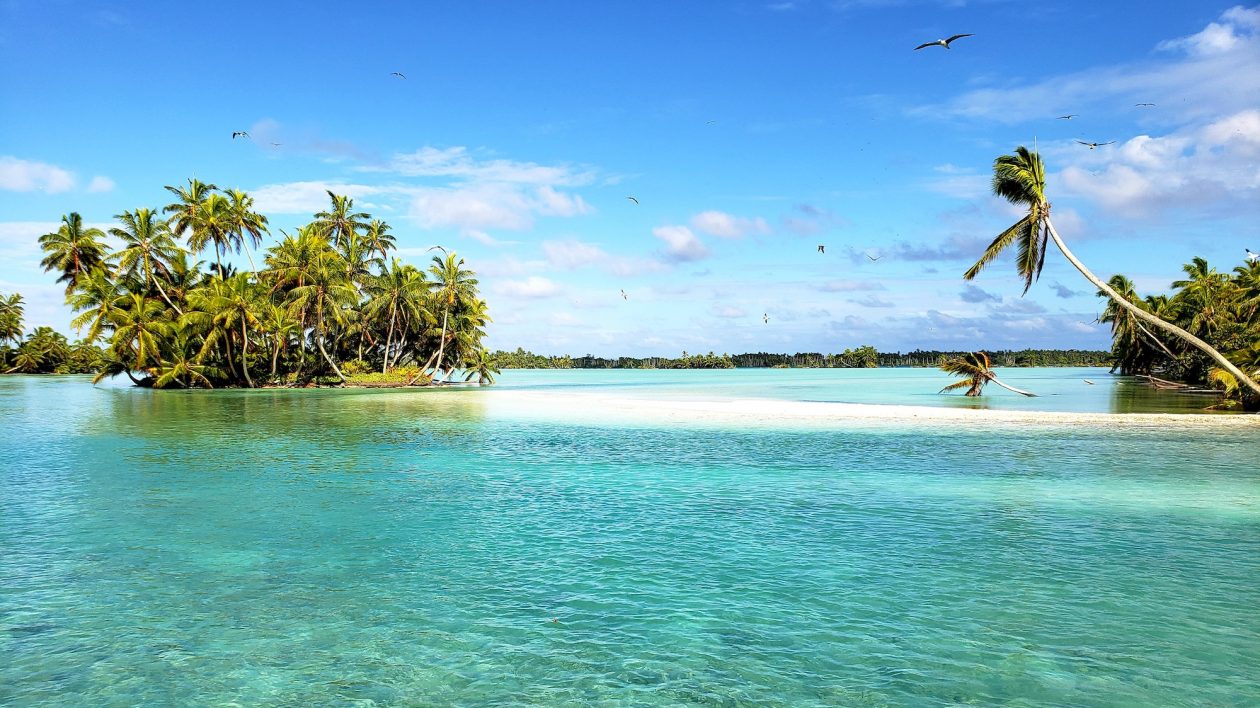
The project has been developed and led by Kydd Pollock, fisheries science manager for The Nature Conservancy. Before leaving for the trip, multiple people told me that I’d never meet a more enthusiastic angler than Kydd. This might seem hyperbolic. Until you meet Kydd.
From a very young age, Kydd grew up on his dad’s sportfishing charter boat in New Zealand. He became a kind of Aqua-Man, absolutely consumed with the sea, with fish, with knowing and understanding every aspect of the underwater realm.
Louie Denolfo, a New Zealand fishing guide and himself a fanatical angler, tells a story I was to hear variations of again and again. “He came to us as a young kid and wanted to learn the art of fly fishing,” he says. “He was this little kid, and you just never saw anyone with more enthusiasm for fishing. He was addicted to it.”
Kydd has been working on Palmyra since 2008, and brings that drive to every project. He co-led an effort to research the area’s abundant shark population, catching and tagging an astonishing 2,000 sharks. He has assisted with coral research, reef fish surveys and sea turtle tagging. He used crossbows to collect samples of melon-headed whale DNA. When he proposed to his wife, he hid a “message in a bottle” on Palmyra’s shoreline for her to find.
His passion for Palmyra runs deep, fully on display every minute as we fished for science.
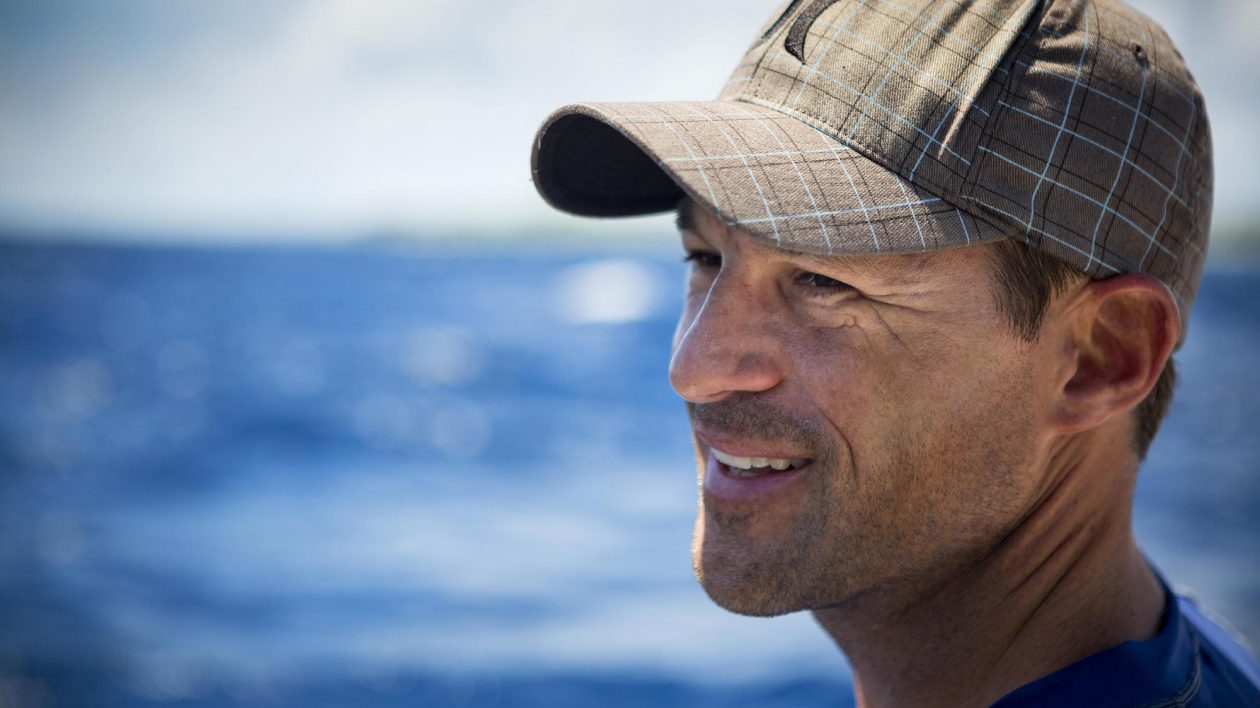
Tangling with Trevally
It’s the first morning of our trip, and action has been slow. We troll rubber squid lures through our first lagoon, and don’t even register a nibble. I eventually pick up a small bluefin trevally, but Kydd is clearly getting antsy.
And then my rod doubles over, line screaming out against the heavy drag. A giant trevally.
I’m straining against the fish, and suddenly what I’ve signed on for. A bit of my own angling backstory: almost all of my fishing has been in freshwater. My particular favorite is casting small flies to native trout in streams you can jump across. I have even written features about microfishing, a very small and very unusual subset of anglers who target tiny fish like darters and shiners.
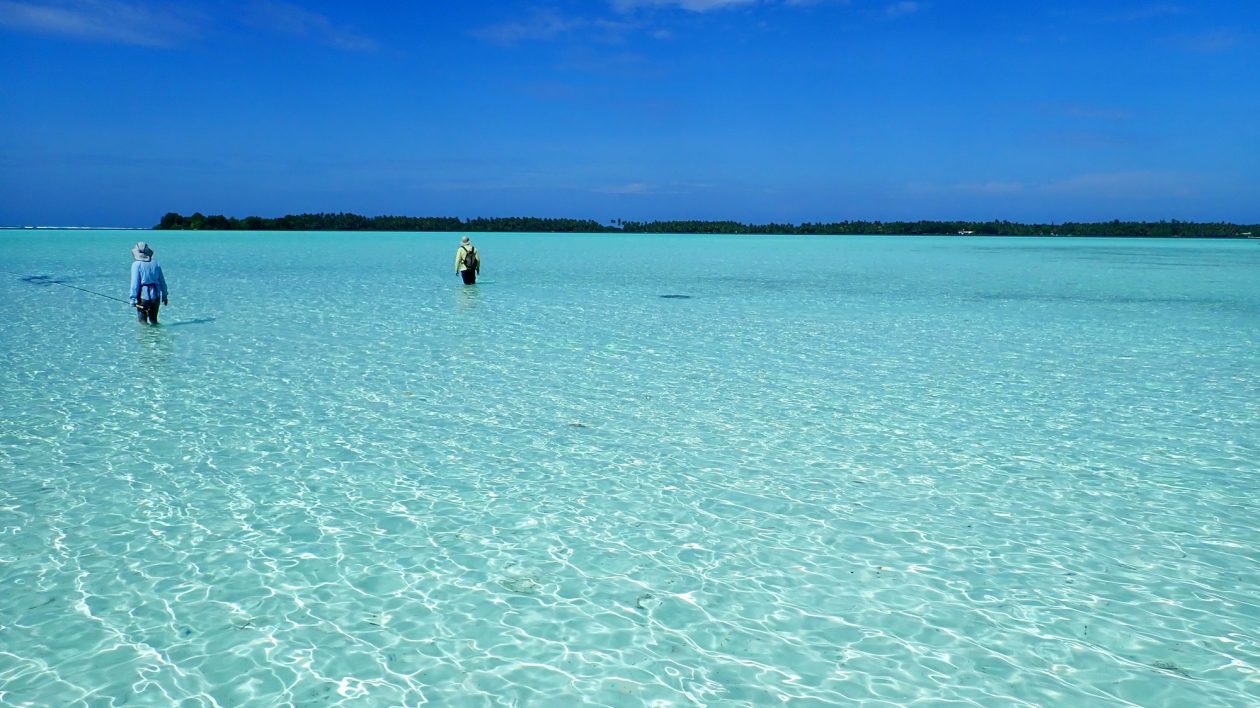
There is nothing “micro,” nothing subtle, nothing contemplative about a giant trevally. Fishing for them is like the angling equivalent of a barroom brawl. The fish is not only powerful, but it will often quickly find reef edges to break your line off, something I would experience firsthand in the coming days.
But on this day, it was just a brutish fight, me feeling way in over my head, Kydd and Kawika coaching me each step. And then the beautiful fish with silver flanks is there, right alongside the boat. I breathe a sigh of relief and almost subconsciously start to relax, when I realize we still have to measure and tag the fish. A specimen of these proportions is measured and tagged in the water to assure it remains well ventilated through the scientific process and quick photo session.
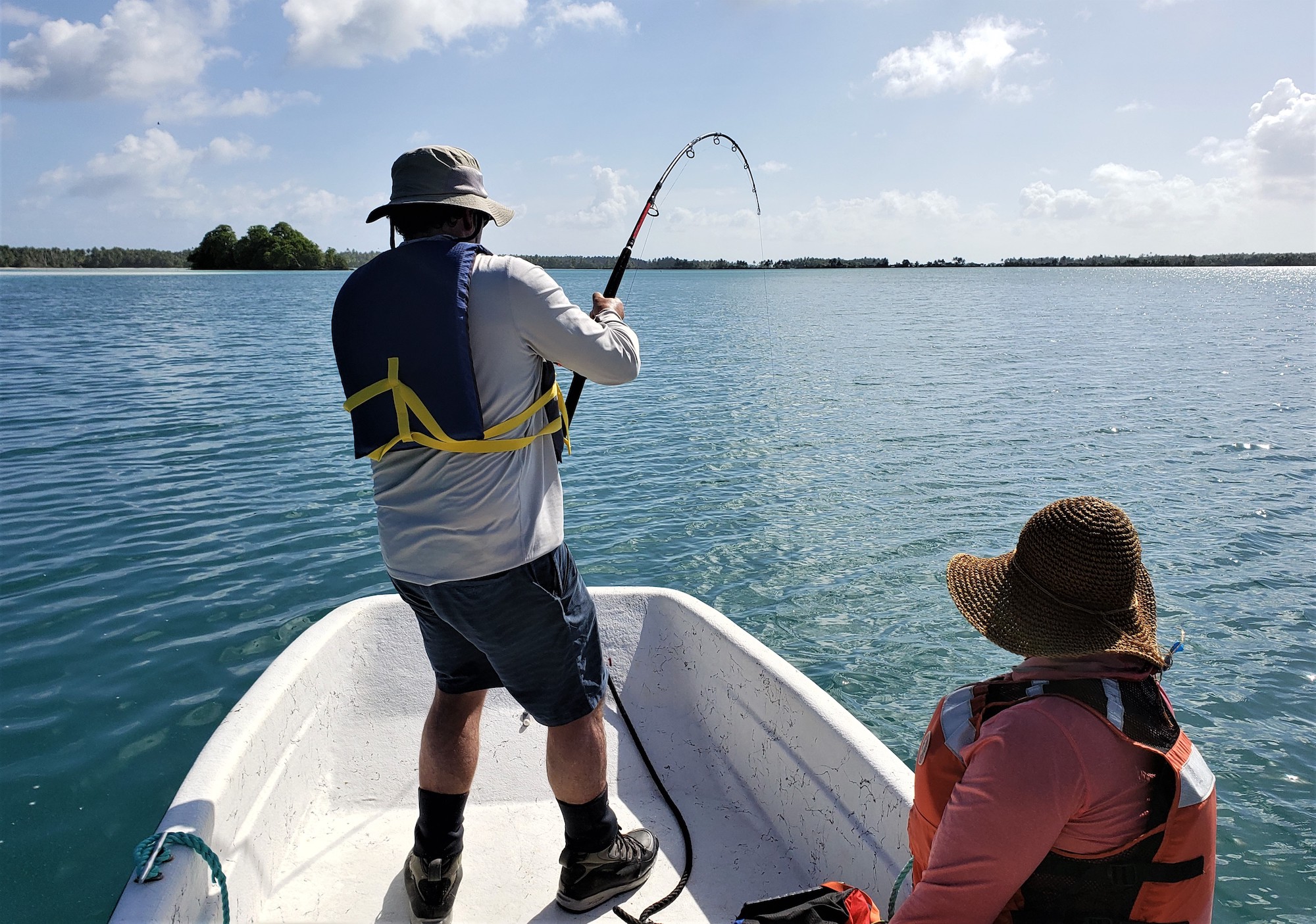
In the ensuing excitement, I don’t watch my rod and the tip snaps off. Kydd just says, “It is what it is,” which I take to be his calm acceptance. I later realize this is his mantra – with similarities to Seinfeld’s “serenity now!” – to try to calm his definitely not-calm demeanor. It probably saved me from being tossed overboard.
Be that as it may, I kept fishing with the broken rod, soon christened as “Stubby.” Stubby would go on to serve me well in the days ahead, catching lots of trevally.
Trolling squid lures was an effective way of placing high numbers of tags out, particularly in smaller bluefin trevally, but during the course of the trip we used a variety of angling methods. For giant trevally, we cast large plugs that we popped along the surface, resulting in explosive strikes that are seared into my memory. Offshore, we used handlines, heavy ropes with lures attached to quickly capture larger fish in shark-rich waters. And we fly fished for the two triggerfish species on the flats, although these fish proved wary and we did not land any during our trip.
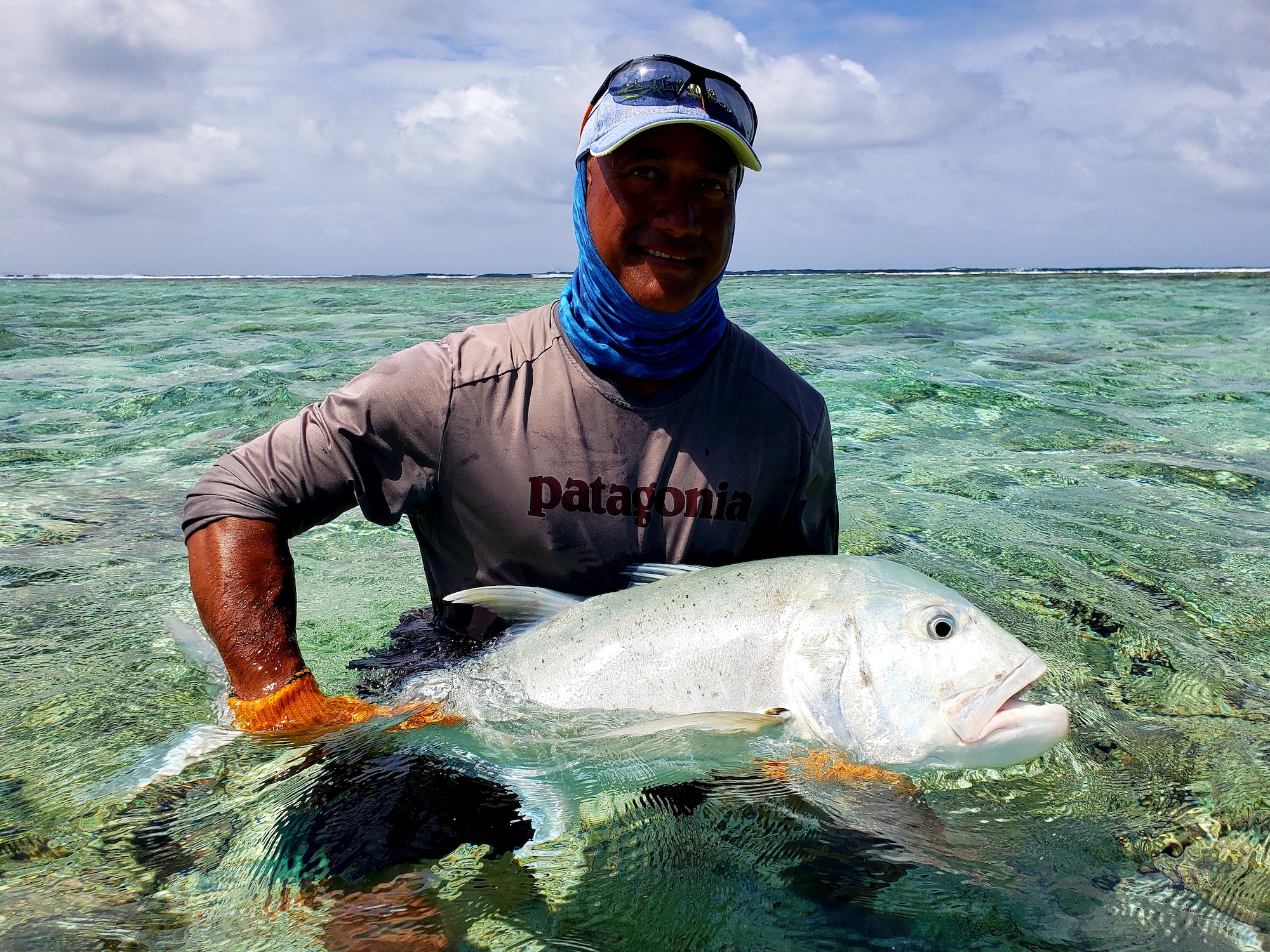
One More Spot
In my career as a conservation writer, I’ve joined many research teams in the field, witnessing everything from bison behavior studies to radio tracking rattlesnakes. But I’m usually the observer. Perhaps the best part of Fishing for Science was being a full participant in the research program.
As any conscientious angler knows, returning a fish to the water quickly is key to survival in catch-and-release. Getting the fish measured and tagged was thus of paramount importance. We altered tasks, one person fishing while the other made sure tagging went smoothly.
A few days in, after catching dozens of fish, we could have a fish “processed” in 90 seconds or less.
And so we fell into a routine, beginning our fishing immediately after breakfast and continuing until supper. It was intense and tiring, but each day brought surprises and insights, which I’ll be sharing in a series of articles in the coming weeks.
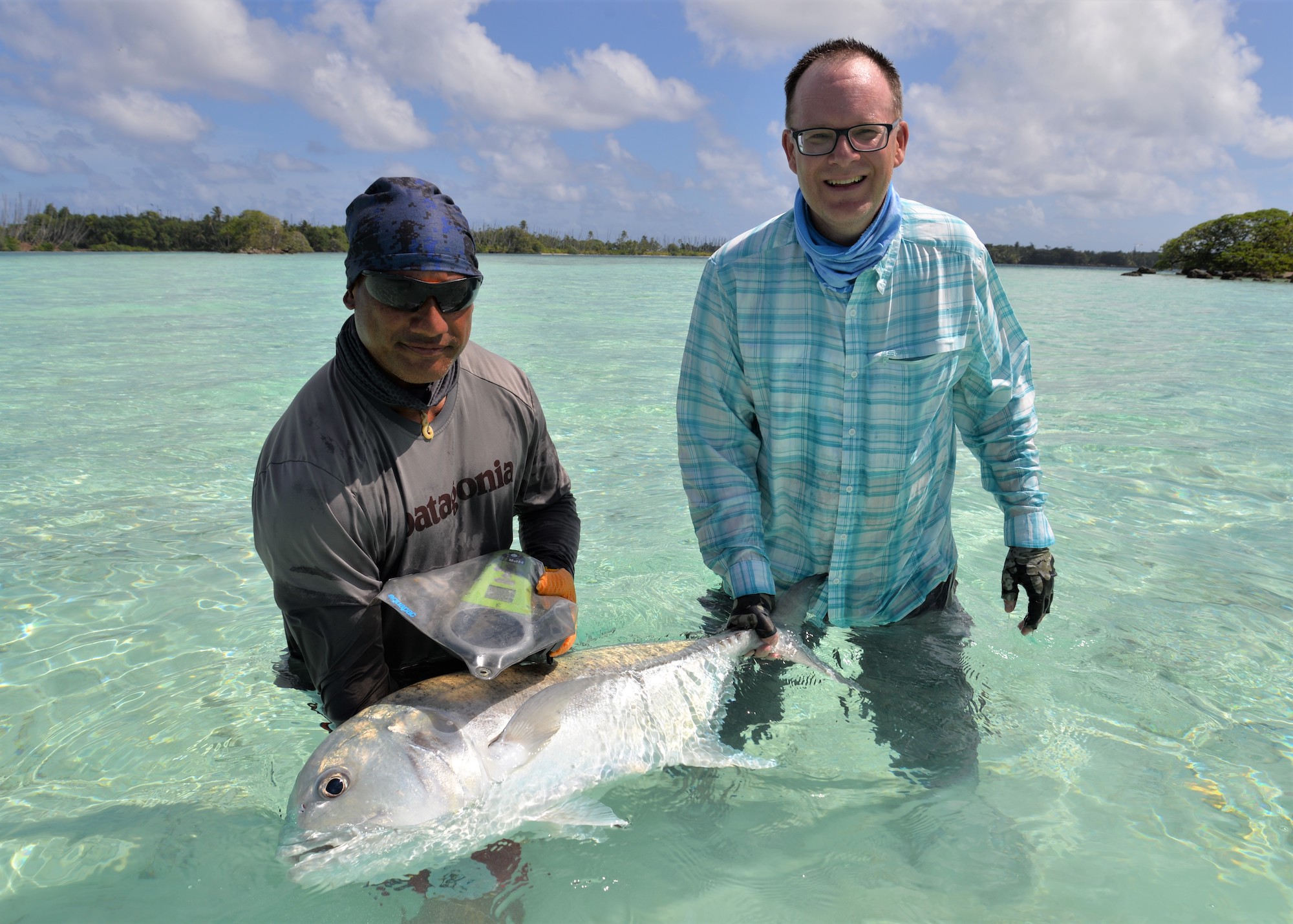
And we took time to explore the wonders of Palmyra. We snorkeled the healthy coral reef, alive with a diversity of fishes. We took a side trip to a refuge island where giant coconut crabs – the largest terrestrial arthropod on Earth – roam about in daylight. We deployed underwater camera systems and stopped to marvel at dolphins and large sharks and more.
After 10 days, we had tagged more than 240 trevally, more than any previous Fishing for Science trip. The fishing had slowed and Kydd cut the engine as we drifted the edge of the lagoon. “We’ve caught a lot of fish, and maybe it’s time to head back, get a shower, and relax a bit,” said Kydd.
Then he paused. “Well, there is one more spot we could check out on the way home,” says Kydd. “We might turn up something with poppers. What do you think?
Kawika and I turn to each other, smiling. The answer is pretty clear. How many days do you get to fish for science? How many chances like this?
And with that, we’re motoring again across the wonderland that is Palmyra, searching for the next fish to tag.
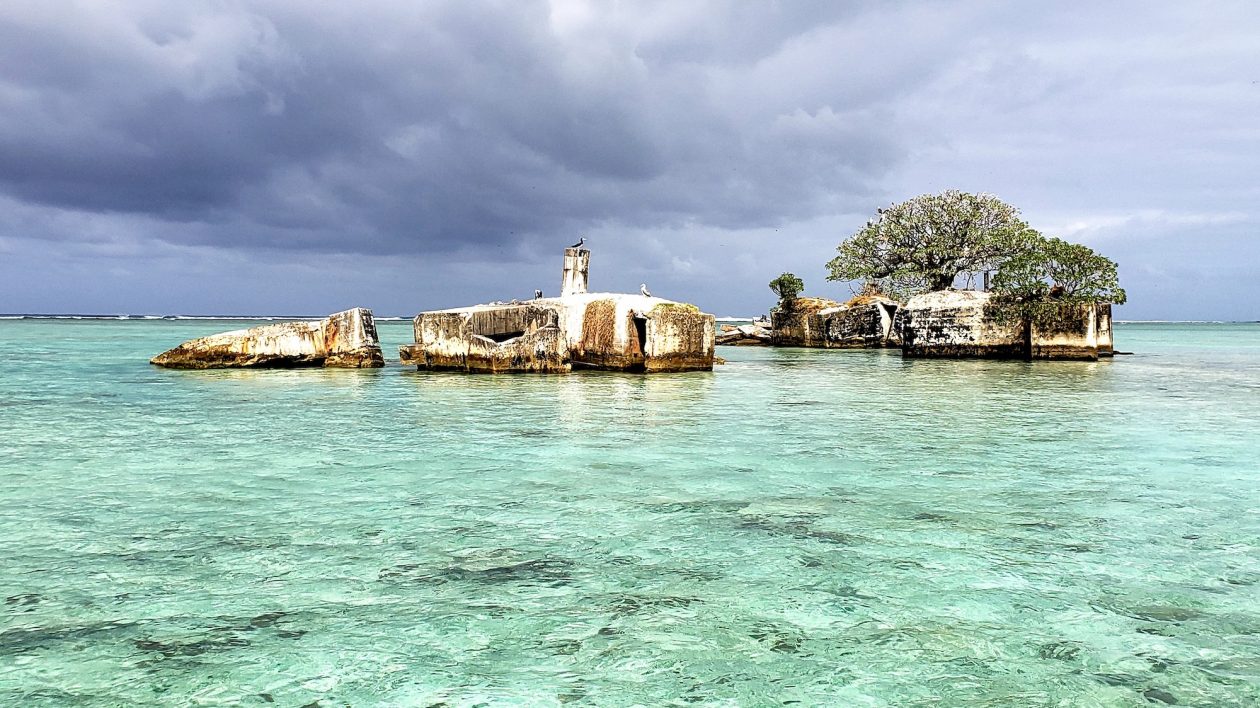
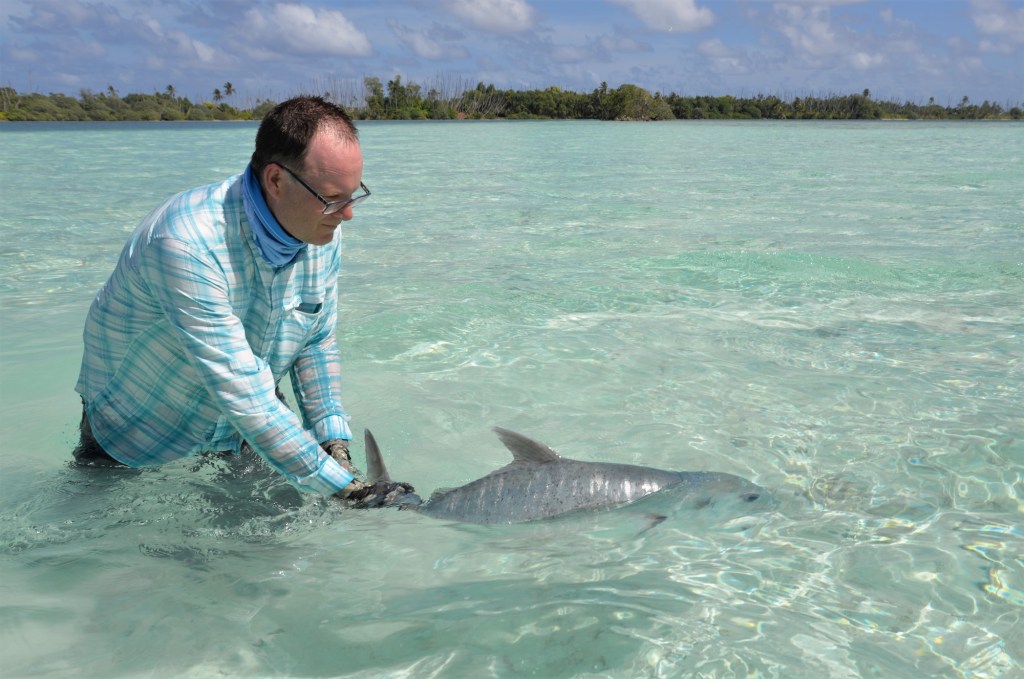



I was head of the sportfishing operation when it opened on Midway Atoll in 1996, after 80 years of no fishing pressure. I suspect what you are experiencing In Palmyra is exactly what we experienced on Midway, where we ran a strict tag & release policy just like Kydd does. There is a certain awe to be enjoyed when you are the only boat in a pristine fishery running across crystal clear sand flats, several thousand miles from civilisation. Do the tigers come inshore there at “that” time of year for the fledglings and turtles? Good luck, and say hello to Kydd. I met him once many years ago in NZ as I know his dad, Rick, quite well. I think you’re in very good hands 🙂
I’m curious, if a PIT tag would still be read able if/ after a tagged Trevally was consumed by a black tip reef shark? Great article, thank you.
Tough job so let me know if you need help as a catch- PIT tag-and quick release angler & former senior fishery research scientist you could twist my arm to volunteer help. Cool blue blog. Thanks Matt.
Now that is really hard duty above and beyond 🙂
Mathew, I hope you realize you have the best job in the world ! Keep up the good work{?}
Thanks for the comment, Karl. Yes, I am aware. When I started with TNC 21 years ago, I said it was my dream job and I still feel that way. Thanks for writing.
Best,
Matt
Wonderful gig, Matthew Miller! I look forward to future installments about your trip.
What a fun and interesting time you’ve been having! And intense…We’ll all be waiting for more about Palmyra.
What breath taking scenery and a wonderful article!